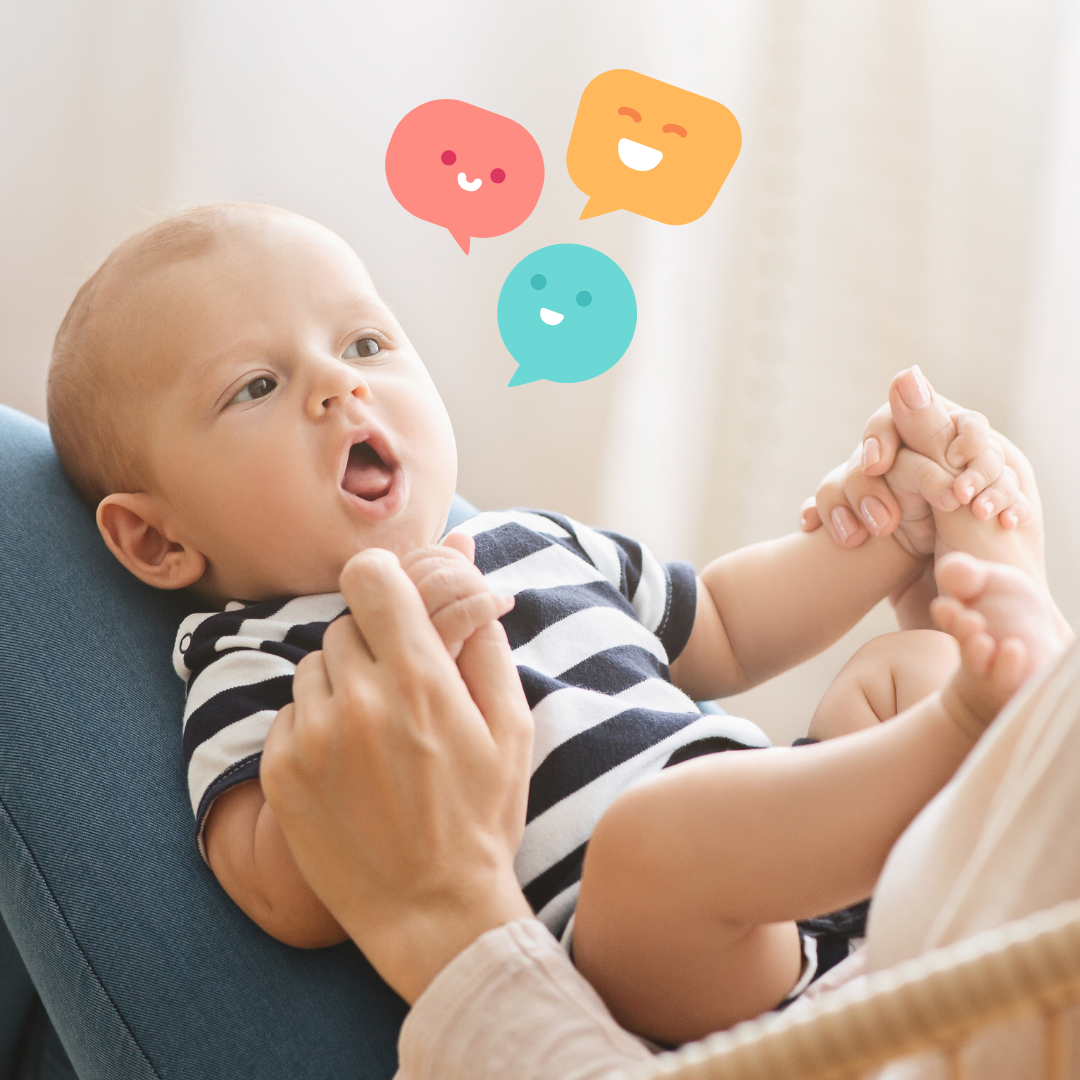
Understanding Baby Cues: How to Read Your Newborn’s Hunger, Sleep, and Comfort Signals
One of the biggest challenges new mothers face is understanding what their baby is trying to communicate. Newborns can't talk, but they have a language of their own—expressed through crying, body movements, and facial expressions. Learning to read these cues can help you meet your baby’s needs quickly and effectively, deepening your connection. Here are some key baby cues and tips on how to interpret them.
1. Hunger Cues
Hunger is one of the most frequent reasons a newborn will cry, but there are often signs that appear before the crying even begins.
Early hunger cues:
- Sucking on fists or fingers
- Turning head toward the breast or bottle (rooting)
- Making sucking noises
- Opening and closing their mouth
When you notice these early hunger cues, it’s a great time to start feeding before your baby becomes upset. Waiting until they are crying can make feeding more difficult, as they may be too distressed to latch properly.
2. Sleep Cues
Babies need a lot of sleep, and they can become easily overtired if not put to bed when they’re ready. Knowing when your baby is tired can help you avoid overstimulation and crankiness.
Signs your baby is ready for sleep:
- Rubbing eyes
- Yawning
- Fussing or becoming more quiet than usual
- Staring off or avoiding eye contact
- Decreased movement and slower reactions
Once you notice these signs, try to create a calm, soothing environment to help them drift off to sleep. White noise, swaddling, and dim lighting can all be helpful in easing the transition to sleep.
3. Comfort Cues
Newborns often cry because they’re uncomfortable. Whether it’s a dirty diaper, being too hot or cold, or needing to burp, babies have different ways of letting you know something isn’t quite right.
Comfort cues to watch for:
- Squirming or arching their back
- Clenched fists
- Grimacing or looking uncomfortable
- A high-pitched or distressed cry
When you see these signs, check for common discomforts like a dirty diaper, tight clothing, or trapped gas. If these basic needs are met, holding and gently rocking your baby can provide comfort.
4. Overstimulation Cues
Newborns can become easily overwhelmed by too much noise, light, or activity. Overstimulation often leads to crying and fussiness, so recognizing the signs can help you create a more peaceful environment.
Signs of overstimulation include:
- Turning away from people or objects
- Crying after being around lots of noise or new faces
- Waving arms and legs more than usual
- Becoming fussy and difficult to soothe
When you notice your baby is overstimulated, it’s best to move them to a quieter, calmer space. Swaddling and gentle rocking can help soothe an overstimulated baby.
5. The Crying Cue
Crying is a late-stage cue and often occurs when your baby’s needs haven’t been met quickly enough. It’s important to remember that crying is a normal part of a baby’s development, and it’s their way of communicating distress. As you become more familiar with your baby’s patterns, you’ll begin to differentiate between cries for hunger, discomfort, or sleep.
When your baby cries, go through a mental checklist: Are they hungry? Do they need a diaper change? Are they tired or overstimulated? If you’ve met all their needs and they’re still crying, it may be that they just need to be held and soothed.
6. Trust Your Instincts
As you spend more time with your baby, you’ll begin to develop an intuitive understanding of their needs. While it can feel overwhelming at first, trust that you will learn your baby’s cues and respond to them with confidence. The more attuned you become to your baby’s unique signals, the easier it will be to meet their needs and build a strong bond.
Understanding your newborn’s cues is a journey of learning and observing. By paying close attention to their hunger, sleep, and comfort signals, you’ll be better equipped and feel more confident to provide the care and connection your baby needs in those early months.




